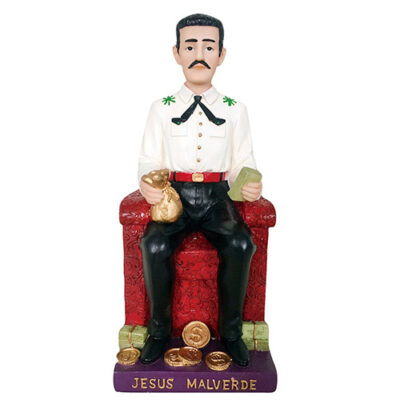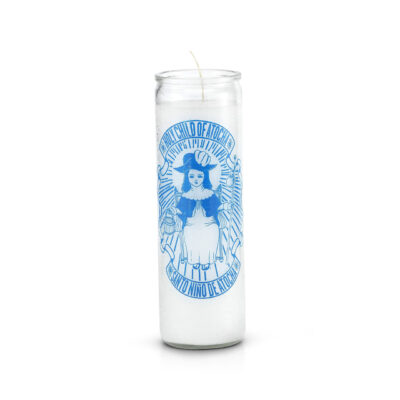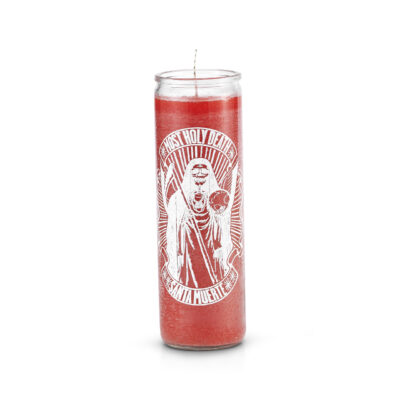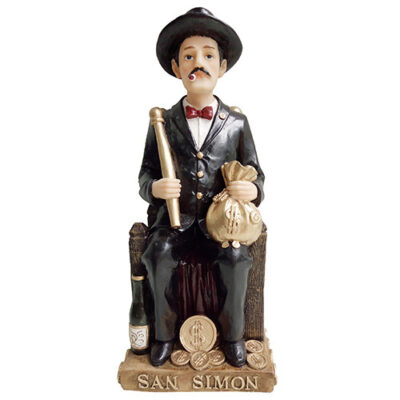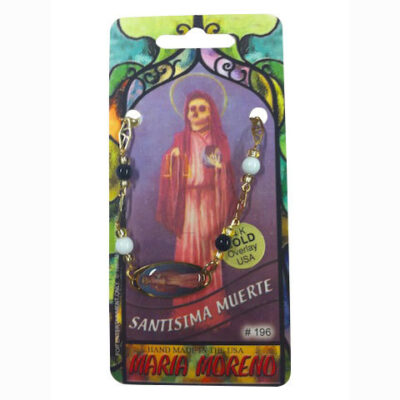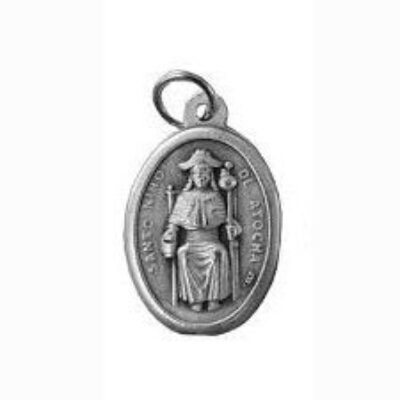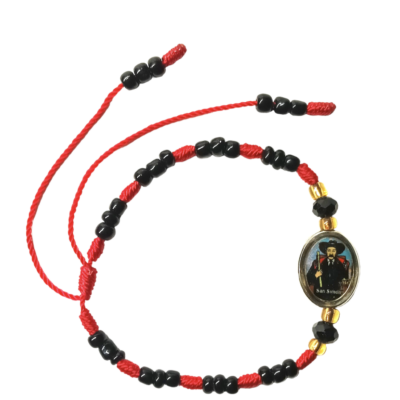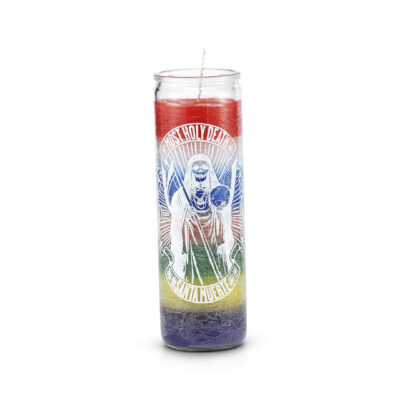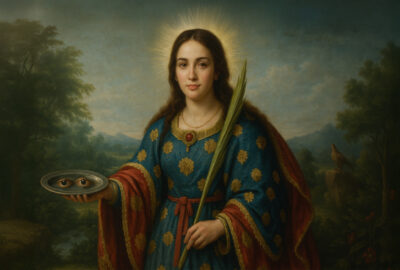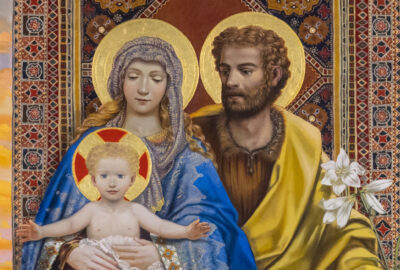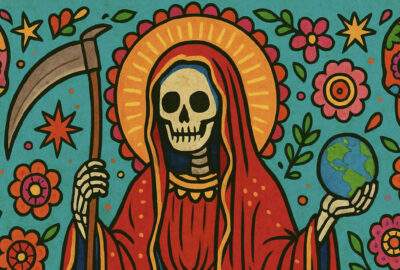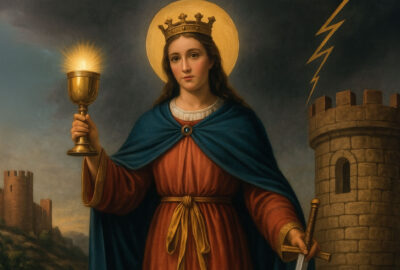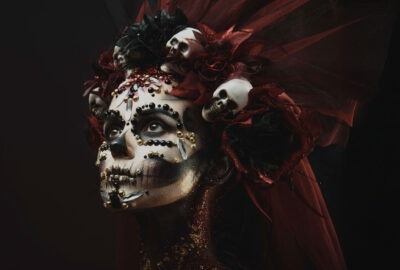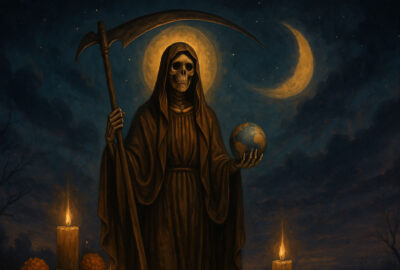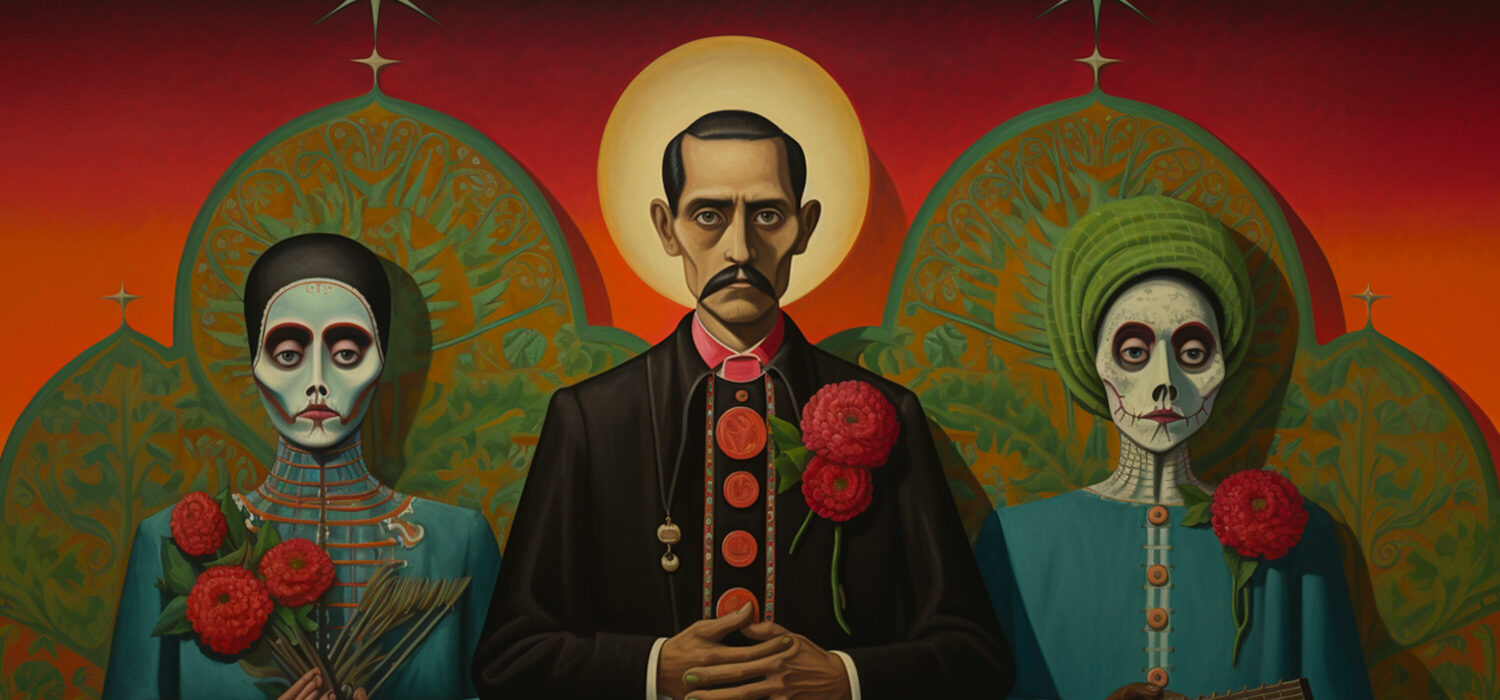
The True Story of the Narco Saints
Imagine life as an enormous, bright-colored patchwork quilt. Our beliefs are the unique threads that bind this quilt together, creating a pattern that's as special as we are. One such unique belief pattern is the worship of "Narco Saints." The term might sound strange at first, but it's an intriguing part of life for some folks, particularly in Latin American communities.
So, what exactly is a "narco saint?" In simple terms, these are spiritual figures, either real historical people or mythical characters, who are deeply connected to the world of crime. You'll often find people involved in or affected by illegal activities, such as drug smuggling, turning to these narco saints. They see these saints as their protectors or guides in a risky world.
But who exactly worships these unusual saints, and why would they do such a thing? To answer these questions, we'll need to dive deep into a world where faith, tough times, and crime intersect. This exploration will help us understand how and why these unique belief systems take shape. It's like embarking on a journey through the underbelly of society, where we'll find rays of faith shining through the darkest corners.
Understanding the Followers and Motivations of Narco Saints
When we talk about who worships the Narco Saints, it's not just one kind of person. In fact, you'd find a diverse mix of people, from different places and backgrounds, showing devotion to these unusual saints. What's common among them, though, is that many are often facing tough times. They might be poor, feel ignored, or be dealing with hard situations. In their struggle, they turn to the Narco Saints for help and support.
So why do these folks worship these saints tied to crime? Well, every person has their own reasons. For some, it's about seeking protection. The world can be a dangerous place, especially if you're involved in or affected by illegal activities. In such situations, these people might pray to the Narco Saints for safety and protection. It's like having a powerful friend who they believe can keep them from harm.
Others might be looking for good luck or prosperity. They could be praying for a better job, a safe home, or even success in their illegal ventures. By worshiping the Narco Saints, they hope to gain some good fortune and make their lives a little better.
And then there are those who are hoping for miracles. Imagine being in a situation so tough that you can't see a way out. In such desperate times, these folks turn to the Narco Saints, praying for a miracle that can change their situation.
This unique blend of crime and spirituality might seem strange, but it gives us an important lesson. It shows us that faith is not limited to quiet, peaceful places. Instead, faith can sprout even in the most unlikely corners. It can grow in the shadows of crime and hardship, offering a beacon of hope to those who desperately need it. The story of the Narco Saints is a testament to the strength and resilience of human belief, and the lengths people will go to find comfort and hope.
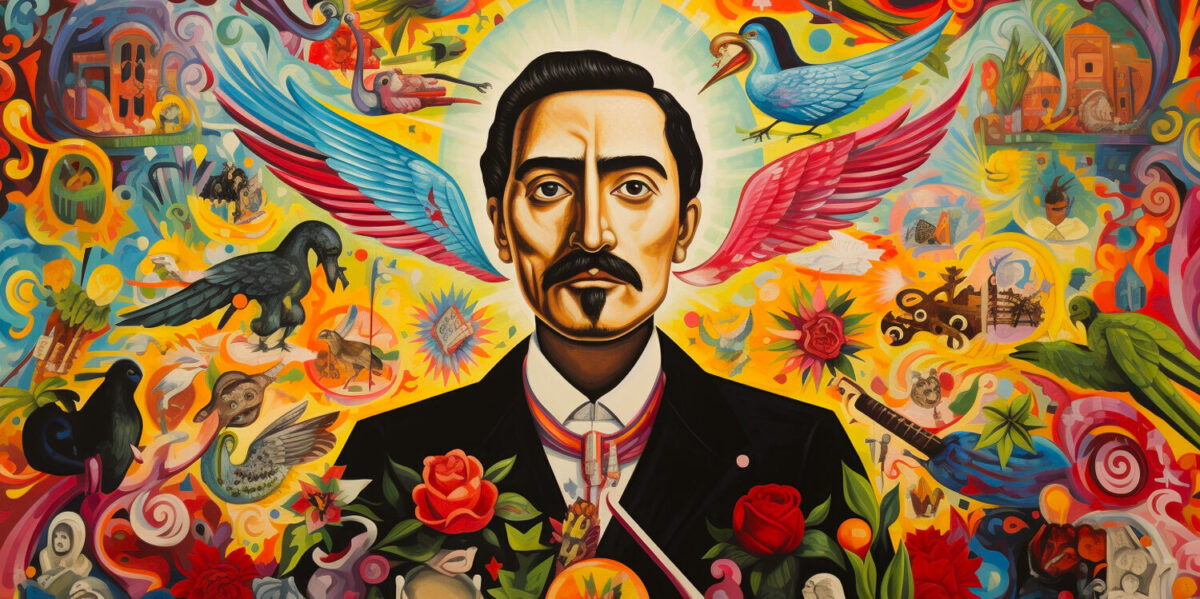
Jesús Malverde is celebrated as a folk saint, particularly among some individuals associated with Mexican drug cartels and drug trafficking.
Jesús Malverde: The Bandit with a Heart of Gold
Jesús Malverde, also known as the "generous bandit" and "angel of the poor," may not be an official Catholic saint, but his legend carries a powerful presence in the hearts of many, particularly in Sinaloa, Mexico. Picture this: a tough-looking cowboy, complete with a thick, twirly mustache—that's Malverde, the people's bandit.
In the early 20th century, Malverde's legend began to spread. He was seen as a sort of Robin Hood figure, a bandit who would take from the wealthy and distribute to the needy. It's said that he was a poor man himself who turned to a life of crime to help others in dire straits. This reputation of being a "bandit with a heart of gold" is what made him a beloved figure among the less fortunate.
Typically, Jesús Malverde is celebrated as a folk saint, particularly among some individuals associated with Mexican drug cartels, drug trafficking, outlaws, bandits, robbers, thieves, smugglers, and people in poverty.
The followers of Malverde see him as more than just a legend; they view him as their protector and provider. They offer him gifts like money or candles as a token of their faith. Their prayers to Malverde often echo wishes for safety, prosperity, or even guidance in risky or illegal activities.
If you're intrigued by Malverde's story and want to honor him in the way his followers do, you can follow a simple ritual. Start by getting a green candle. The green candle symbolizes abundance and protection—two things Malverde's followers often pray for.
Next, find a peaceful spot where you can focus. Light the green candle and, as you watch the flame flicker, say a heartfelt prayer asking for Malverde's protection or blessing. You could ask for safety, success, or good luck. The key is to speak from your heart, as genuine faith is what's believed to reach Malverde.
Once your prayer is complete, let the candle safely burn out. This act of lighting a candle and offering a prayer is more than just a ritual—it's a demonstration of your faith in Malverde's protective powers. It's a way to form a bond with this legendary figure and invite his protection or blessings into your own life.
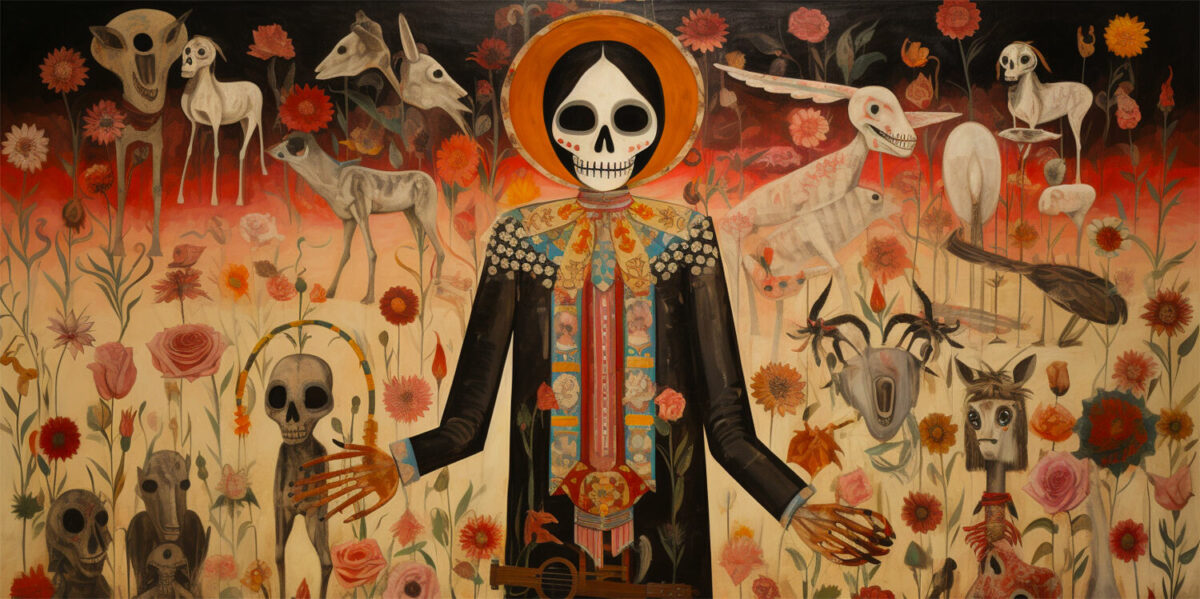
Unlike many saints, Santa Muerte doesn't judge. She accepts everyone, regardless of their deeds in life.
Santa Muerte: The Death Saint with a Colorful Cloak
Santa Muerte, also known as Santisima Muerte, "Saint Death," or "Most Holy Death," is a fascinating figure who stands for life's ultimate end. Picture this: a skeleton draped in vibrant outfits, sometimes holding a globe or a scale - this is the depiction of Santa Muerte, who is both feared and revered.
Santa Muerte is worshipped as a narco saint within certain criminal circles, particularly among Mexican and Central American drug traffickers. This folk saint holds a significant place in the hearts of many individuals who pray to her for protection, wealth, and, in some cases, the silence needed to cover their criminal activities. Belief in Santa Muerte is not something new. It is thought to have roots in ancient Mesoamerican religions. The Spanish conquerors tried to suppress this belief, but it survived, and today, Santa Muerte is a well-known figure in Mexico and among Mexican communities in the United States.
Unlike many saints, Santa Muerte doesn't judge. She accepts everyone, regardless of their deeds in life. This sense of impartiality makes her popular among people who feel like outsiders or those involved in dangerous or illegal activities. Her followers offer her gifts like fruits, flowers, or even tequila in the hopes of gaining her favor or protection.
If you want to honor Santa Muerte, you can do so by setting up a simple altar at home. You don't need much - a picture or a small statue of Santa Muerte will do. On this altar, you can place offerings that are traditionally given to her. Apples represent health and beauty, marigolds symbolize death, and a bottle of tequila stands for celebration and remembrance.
To complete your Santa Muerte honor ritual, light a red Santa Muerte candle. This red candle symbolizes protection, a common prayer to Santa Muerte. As you light the candle, say a sincere prayer asking for her favor or protection. Keep the candle burning in a safe place until it burns out.
Through this simple ritual, you are showing your respect to Santa Muerte. Whether you seek her protection, her blessing, or just want to acknowledge her, this is a way to connect with the colorful and intriguing Saint Death.

Santo Niño de Atocha is a symbol of hope for those in extreme need.
Santo Niño de Atocha, The Compassionate Young Guide
Santo Niño de Atocha, translated as the Holy Child of Atocha or "Divino Niño," is a well-loved figure from Spanish Catholicism. This young saint is a symbol of hope for those in extreme need. He is usually shown as a small child, holding a basket filled with bread and a staff, reminders of his generosity and guidance.
This image of Santo Niño de Atocha has a rich history dating back to the 13th century, during the time of the Moors' rule in Spain. According to legend, the Moors held many people prisoners who were not allowed visitors. Miraculously, these prisoners started receiving food and water. When asked who their benefactor was, they described a young boy dressed in the clothing of Atocha. The people of Atocha then realized that it was the child, Jesus, Santo Niño de Atocha, who was helping the prisoners.
Over time, the image of Santo Niño de Atocha became associated with protection and guidance, especially for those embarking on challenging journeys. His followers often leave small offerings, such as shoes or charms, at his shrines. These items symbolize their journeys and represent their hope for Santo Niño's divine protection.
If you wish to honor Santo Niño de Atocha, you can follow a simple ritual. Start by getting a Santo Niño de Atocha medal. Then, place the medal at the foot of a Santo Niño de Atocha statue or picture. As you do this, say a prayer asking for his guidance and protection. Your prayer could be for a literal journey, such as a trip, or a metaphorical one, like a challenging stage in your life.
This ritual of offering a charm or trinket, combined with heartfelt prayer, demonstrates your faith in Santo Niño de Atocha's guidance and protection. It's a way to connect with this compassionate young guide and invite his protective blessings into your life.

San Ramón Nonato is known as the protector of silence and keeper of secrets.
San Ramón Nonato, The Silent Guardian
San Ramón Nonato, translated as "Saint Raymond Nonnatus," is a unique figure in the realm of narco saints. He is known as the protector of silence and keeper of secrets—qualities that hold great significance in the often shadowy world of narcos. He is typically depicted holding a palm frond, a symbol of peace and triumph over suffering.
The history of San Ramón Nonato takes us back to 13th-century Spain. Legend says that his mother died while giving birth to him, and he was born by cesarean section (thus, his name "Nonnatus," which means "not born"). He later joined the Mercedarian Order, dedicated to ransoming Christian captives. He himself became a captive when he ran out of money to free Christians but offered himself instead. To prevent him from preaching Christianity, his captors supposedly pierced his lips with a hot iron and locked them with a padlock.
This tale of endurance and sacrifice earned San Ramón the reputation of a saint who values silence and secrets. People, especially those involved in covert activities, turn to him, hoping to guard their secrets from the world. They light white candles, symbolizing purity and protection, or make vows of silence to honor him.
Here's a simple ritual to pay homage to San Ramón Nonato. In a quiet space, light a white candle, watch the flame, and imagine your secrets being safely locked away, just as San Ramón's words were once locked. Then, say a prayer asking him to protect your secrets, ensuring they remain undisclosed.
Whether you're seeking protection for your personal secrets or simply expressing your respect for this unique saint, this ritual can help foster a connection with San Ramón Nonato, the guardian of silence and secrets.
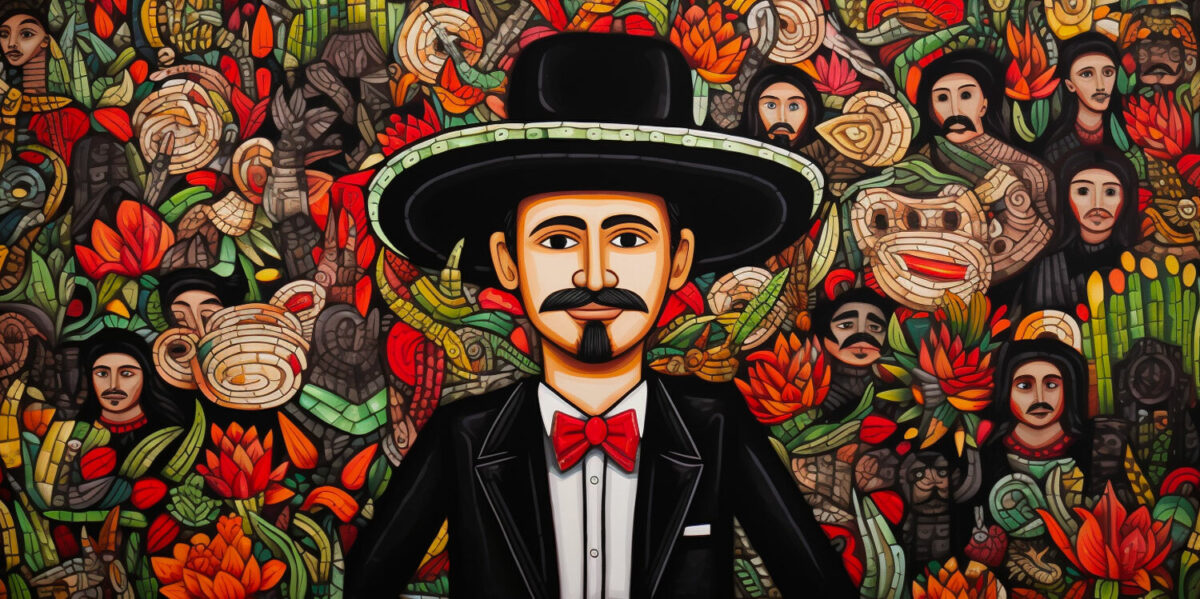
Maximón, also known as San Simon, is often associated with excess, embodying earthly pleasures and indulgence.
Maximón (San Simon), The Enigmatic Figure of Indulgence
Maximón, also known as San Simon, is a controversial figure who straddles the line between sainthood and trickster. He is often associated with excess, embodying earthly pleasures and indulgence. Rather than a saintly figure in traditional robes, Maximón is usually portrayed as a wooden effigy clothed in bright outfits with a broad hat on his head. This representation is not typical of Catholic saints, contributing to his intriguing persona.
The tale of Maximón dates back to the indigenous Mayan traditions of Guatemala, mixed with Catholic influence from the Spanish. He is said to represent the fusion of pre-Columbian deities with Catholic saints. There are various legends about Maximón's origins, but a common one tells of a man who gained supernatural powers to help his people but was later punished by the village leaders for his overindulgence.
Despite his controversial reputation, Maximón is sought out by those needing luck, protection, or assistance in their ventures, especially those involving risk or excess. Followers often make offerings of tobacco, alcohol, and money at his shrines, symbolizing their requests for his favor.
If you want to honor Maximón, you can follow a simple ritual that reflects the practices of his followers. First, find a quiet place and set up a small area to represent a shrine for Maximón. Offer a shot of rum or a lit cigar—both symbols of indulgence and celebration. As you present these offerings, say a prayer asking for Maximón's favor, whether it be for luck, protection, or assistance with a specific situation.
For a more tangible connection to Maximón, consider carrying a Maximón bracelet. This bracelet can serve as a reminder of Maximón's spirit and the blessings you've asked him to bring into your life. But remember, as with all rituals and tokens, the real power comes from your belief and the sincerity of your intentions.
The Impact and Influence of Narco Saints
Narco saints hold a special place in the hearts of their followers, shaping their identities and guiding their actions in unexpected ways. They serve as a unique blend of faith and crime, showing us a different side of religious devotion.
These spiritual figures, however, stir controversy. Mainstream religions and law enforcement often view the worship of narco saints with skepticism, suggesting that it may be a way to justify criminal activities. But despite this, narco saints remain a significant part of narco culture, wielding influence that extends beyond their followers.
You can see this influence everywhere—from the lyrics of popular songs to the stories told in movies, books, and TV shows. Narco saints have become part of the cultural tapestry, showing us the blurred lines between faith, desperation, and crime.
Understanding the Human Connection to Narco Saints
From the Robin Hood-like Jesús Malverde to the pleasure-loving Maximón, we've seen how faith can take on different forms in communities living on the edge. These saints, despite being tied to crime, offer comfort, guidance, and hope to their followers, especially during hard times.
Yes, the worship of narco saints is controversial. But it also reveals how people can find spiritual solace even in the face of hardship and despair. As societies evolve, the faces and stories of these saints will also change, reminding us of the endless ways in which humans seek divine help and protection.
So, next time you hear about narco saints, remember: They're not just about crime. They are a reflection of human resilience and the quest for hope, protection, and solace in challenging times.
